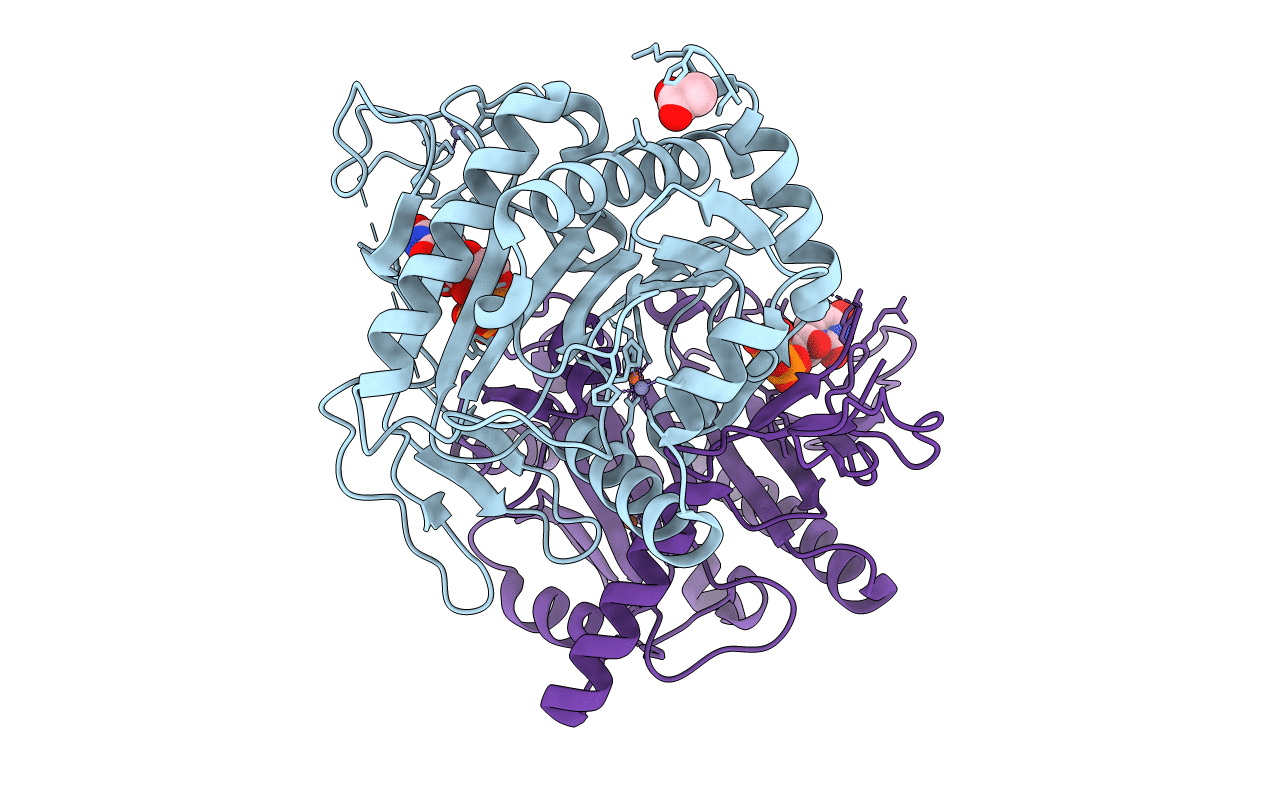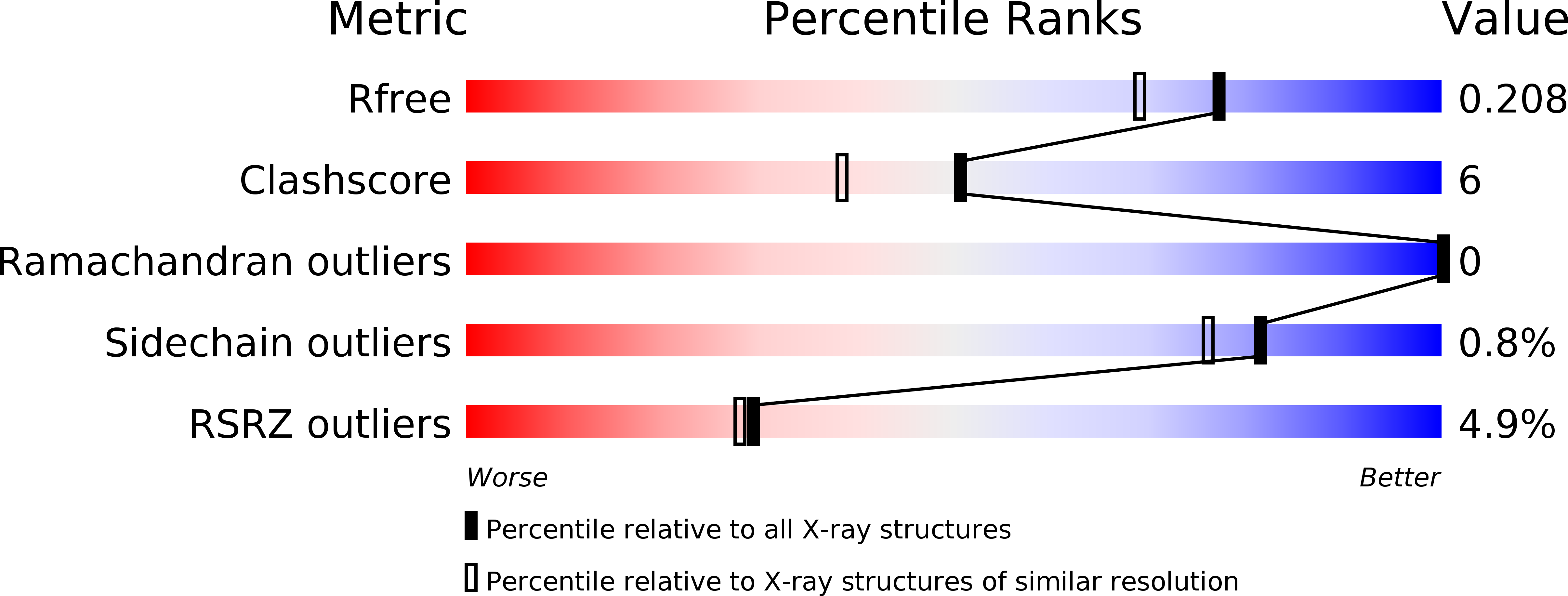
Deposition Date
2019-06-19
Release Date
2019-12-18
Last Version Date
2024-11-06
Entry Detail
Biological Source:
Source Organism:
Pyrobaculum aerophilum str. IM2 (Taxon ID: 178306)
Host Organism:
Method Details:
Experimental Method:
Resolution:
1.78 Å
R-Value Free:
0.19
R-Value Work:
0.17
R-Value Observed:
0.17
Space Group:
P 32 2 1


